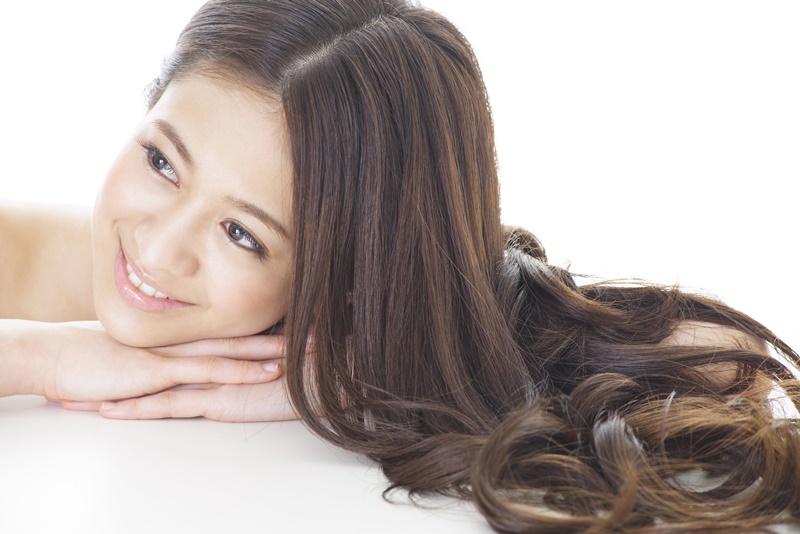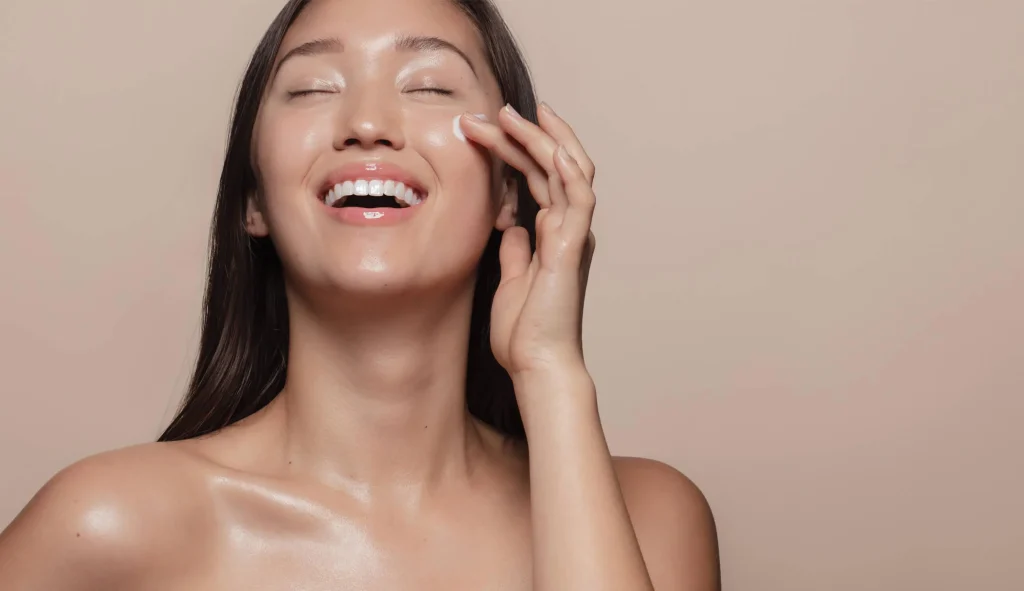The beauty world has long been captivated by the elegance and timelessness of Japanese beauty rituals. Rooted in centuries-old traditions, these practices reflect a harmonious blend of natural ingredients, mindfulness, and meticulous care for the skin. In this blog, we’ll delve into the art of Japanese beauty rituals, exploring their traditional aspects and how they can be incorporated into modern spa treatments.
Traditional Japanese Beauty Rituals
Japanese beauty rituals are renowned for their meticulous and holistic approach to skincare and self-care. Here are some traditional aspects that make these practices unique:

Cleansing with Oil: The Japanese believe in the power of oil-based cleansing. Cleansing oils are used to remove makeup and impurities gently. This step is followed by a water-based cleanser to ensure a clean canvas.
Rice Bran and Green Tea: Rice bran and green tea are staples in Japanese skincare. Rice bran is known for its gentle exfoliating properties, while green tea is loaded with antioxidants that protect and rejuvenate the skin.
Layering Products: Japanese beauty rituals emphasize layering products to provide optimal hydration and nourishment. This method ensures that each product is absorbed effectively into the skin.
Facial Massage: Facial massage is a crucial component of Japanese beauty practices. It promotes blood circulation, relieves muscle tension, and contributes to a radiant complexion. The “Kobido” facial massage technique is a notable example of this tradition.
Sun Protection: Protecting the skin from the sun is a fundamental aspect of Japanese beauty. Hats, parasols, and broad-spectrum sunscreen are used to shield the skin from harmful UV rays.

Incorporating Japanese Beauty Rituals into Modern Spa Treatments
Japanese beauty rituals offer an array of benefits for the skin, body, and mind. Modern spas are increasingly incorporating these traditions into their treatments to provide clients with a holistic and rejuvenating experience:
Cleansing Rituals: Spa treatments often start with oil-based cleansing to remove makeup and impurities, followed by a gentle, soothing facial massage. This not only prepares the skin for further treatments but also helps clients relax and unwind.
Rice Bran and Green Tea Masks: Facials at modern spas may include masks with rice bran or green tea extracts. These natural ingredients exfoliate the skin gently and deliver antioxidants for a radiant complexion.
Layering Products: Spa therapists follow the Japanese tradition of layering skincare products. Clients are treated to a multi-step regimen, including toners, serums, and moisturizers, to ensure their skin is adequately nourished and hydrated.
Facial Massage: The incorporation of Japanese facial massage techniques, such as “Kobido,” enhances relaxation and promotes blood circulation. This contributes to a refreshed and rejuvenated appearance.
Mindfulness and Tranquility: Japanese beauty rituals place a strong emphasis on mindfulness and relaxation. Modern spas incorporate these aspects by providing a serene and calming environment, using aromatherapy, and guiding clients through relaxation techniques.
Sun Protection: Japanese beauty practices include sun protection as an essential step. Spas often conclude treatments by applying broad-spectrum sunscreen to safeguard the skin from UV damage.
Conclusion
Japanese beauty rituals are a testament to the exquisite art of self-care and skincare. Their emphasis on natural ingredients, meticulous care, and mindfulness is a source of inspiration for modern spa treatments. By incorporating these traditions into their offerings, spas can provide clients with a holistic and rejuvenating experience that not only enhances their physical appearance but also nurtures their mental and emotional well-being. The art of Japanese beauty rituals offers a timeless and harmonious path to self-care and self-discovery, inviting individuals to experience the elegance of these ancient traditions in the modern world.